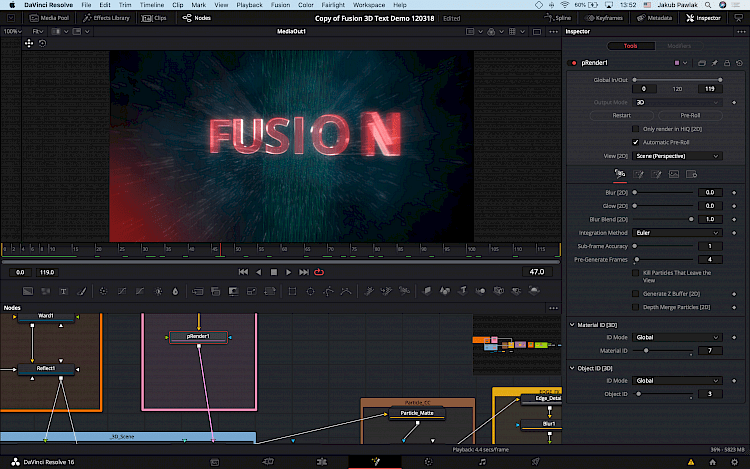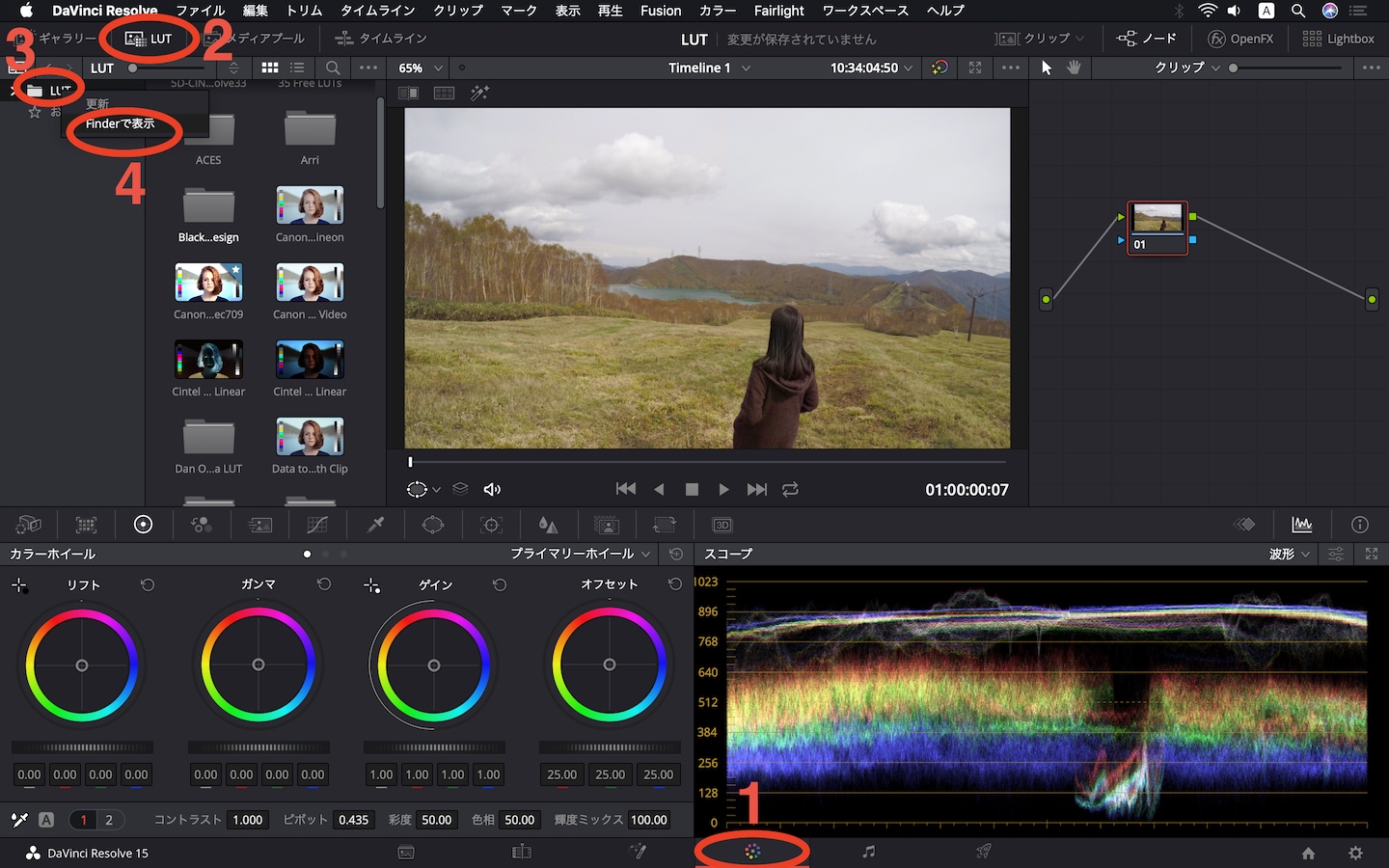
It’s a huge new step forward, and it’s all free! In this video you can get an streamlined look at the ‘most exciting new features’ in the release including UI improvements, new visual effects like lens flares and glow filters, editing improvements, retiming effects and tons and tons more. The Studio version will be update once the software completes the public beta process. You can download it today as part of a public beta, for the free/lite/Resolve version of the software. I’ve been very pleased with the results.The latest release of DaVinci Resolve 12.5 brings with it hundreds (250) of new features and (1000+) fixes. Personally i’ve worked in aces and created a lut from a modified cinegrain pipeline 2383 lut which I modified to my liking then converted for use with the Alexa mini in camera.

In fusion you can create 64 cube luts etc and get even more precise. In resolve you can create a lut simply by manipulating the image with nodes then right clicking the timeline still and exporting a 32 cube LUT which you can the convert to whatever in lattice or if for Alexa mini etc use their free color tool. I’m a fan of this ‘one light’ one LUT approach but it won’t work for everyone of course. Roger mostly shoots at 3200 or 5600 and creates the look from the lighting rather than a white balance / tint change. This lut is then taken into post production for a consistent look from set to grade. This is why eg Sicario was graded in a week. The LUT has contrast curve baked in so that the image on the monitor 95% represents the final look of the finished film. He has made minor changes to saturation and contrast for some films. Roger Deakins uses one LUT only and has done since he started working with the Alexa. Other DoP’s will use a custom lut loaded into a monitor. Many DoP’s use custom LUTS some will be designed for the camera eg a.


Just my personal preference.Īlso test your LUT with all kinds of neon lighting. But I like to avoid this as much as possible. Or you will have to bake cdl-like corrections (or more accurate color balance in linear gamma) to LUTs for each scene to make LUTs work properly (especially extreme teal-orange LUTs). So you probably should tell your DP to adjust temperature AND TINT in a creative way instead of just set and forget 5600 for daylight and 3200 for tungsten. LUT should be a 'log-to-video + grade' size17 LUT.īasically you don't want to bake any cdl to a LUT, but your DP may want you to do that.

Usually you create a LUT for a monitor, not for a camera.


 0 kommentar(er)
0 kommentar(er)
